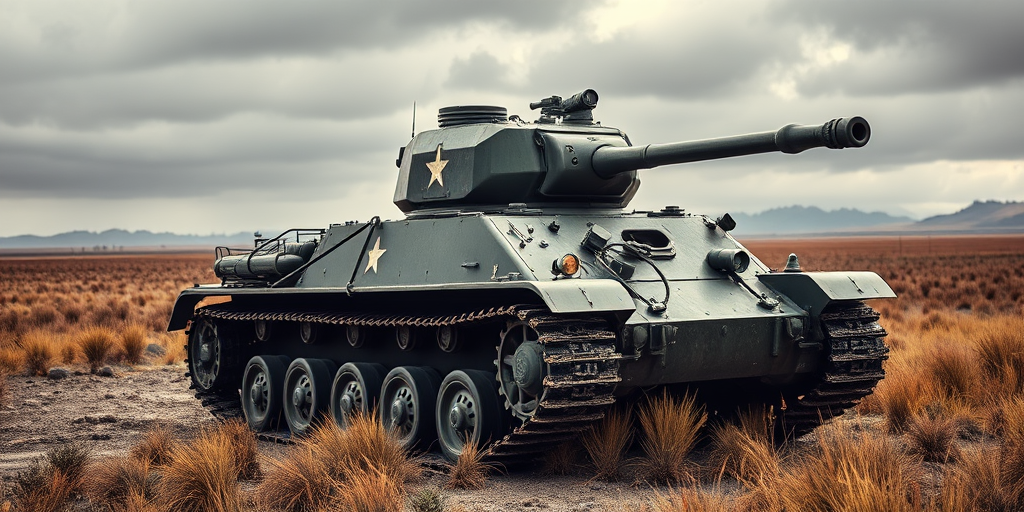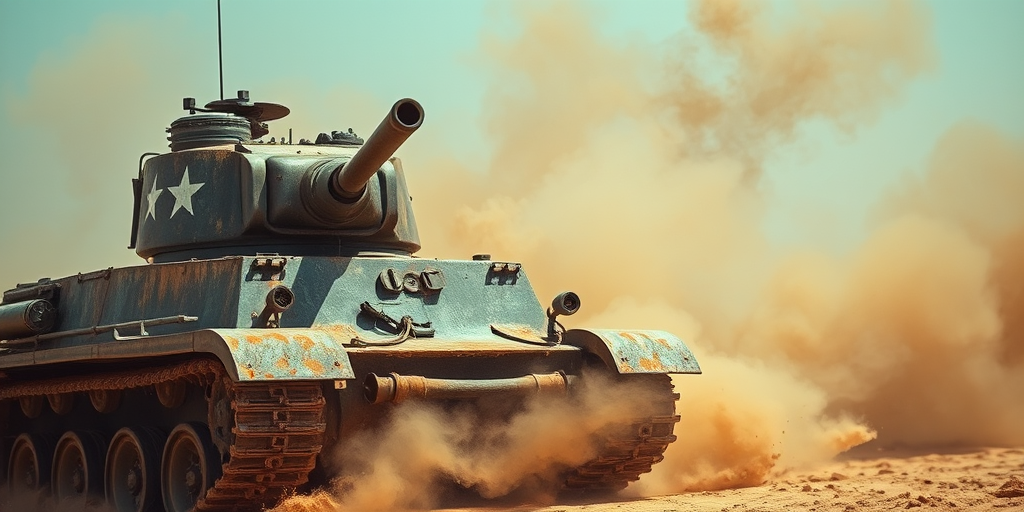Can a single tank alter the course of history? The Sherman Tank did just that—born from pressing wartime necessity and refined through American ingenuity, it quickly became a linchpin of armored warfare during World War II. Evolving from the M3 Lee, this iconic vehicle fused enhanced mobility with formidable firepower, setting new benchmarks in tank warfare. In this exploration, we unveil how groundbreaking design innovations, mass production strategies, and robust combat performance transformed the Sherman Tank into a timeless symbol of military excellence.
Production and Variants of The Sherman Tank: WWII Icon of American Armor

High production volumes defined the Sherman Tank’s evolution. American industry streamlined mass production processes during World War II, enabling rapid assembly of nearly 50,000 units. This industrial prowess not only met wartime demand but also established foundations for diverse variant development.
Variants within the Sherman Tank family were engineered to cater to distinct combat needs. The M4A1 featured a cast chassis built for early engagements, while later configurations embraced manufacturing simplifications that boosted production rates. The M4A3E8 “EZ-8” introduced HVSS suspension paired with a 76mm cannon, significantly enhancing firepower and operational stability. The M4A3E2 “Jumbo” prioritized extra armor to counter enemy anti-tank threats, proving vital in high-intensity combat. Each variant was developed to ensure that the tank remained adaptable to evolving battle conditions while maintaining streamlined engineering for swift production.
Further refinements emerged with the M4A3E9, which used duckbill track extenders for improved mobility over challenging terrains, and the specialized M4A3R5 flamethrower variant, designed to meet niche operational requirements. These modifications underscored an emphasis on both numerical superiority and tailored battlefield performance.
- Numerical superiority through mass production methods
- Design simplicity for rapid assembly and maintenance
- Targeted armament upgrades to counter diverse enemy threats
- Specialized mobility enhancements for varied terrain challenges
- Tactical modifications for adaptability across multiple operational theaters
Legacy and Modern Influence of The Sherman Tank: WWII Icon of American Armor

The Sherman Tank stands as an enduring symbol of American industrial ingenuity and tactical innovation. Its service during World War II cemented a legacy of resilience and adaptability, setting standards that continue to influence military doctrine today. This historical significance underscores not only battlefield performance but also the unparalleled industrial achievements behind its mass production.
Its legacy lies in both the valor it inspired and the manufacturing breakthroughs that allowed rapid production on an unprecedented scale. The Sherman Tank’s impact resonates in tales of wartime determination and inventive engineering, positioning it as a timeless model of efficiency and resolve.
Modern armored vehicle design draws heavily from the tank’s robust design principles. The balance between firepower and mobility, combined with streamlined production processes, informs current mechanized warfare strategies. Lessons from its deployment are integrated into military training programs, developing a doctrine that emphasizes agility and tactical flexibility in modern combat environments.
Analysis of the Sherman Tank reveals three key lessons:
- adaptability under fire
- mass production efficiency
- strategic mobility
These lessons continue to shape contemporary vehicle design and combat training, serving as benchmarks for innovation and strategic evolution in mechanized military capabilities.
Final Words
In the action, we explored the design innovations, production methods, combat performance, and lasting legacy of The Sherman Tank: WWII Icon of American Armor.
Key engineering breakthroughs, variant adaptations, and battlefield experiences were detailed to underline its tactical and historical significance.
We examined how its mass production and adaptability redefined armored warfare, influencing modern military technology and strategy.
These insights reaffirm its undeniable impact and inspire continued appreciation for industrial ingenuity and resilient combat design.
FAQ
How many Sherman tanks were produced during World War II?
A: The M4 Sherman tank saw a production run of nearly 50,000 units between 1942 and 1945, making it the most widely produced tank of World War II.
What were the main variants of the Sherman tank?
A: The primary Sherman variants included the M4A1 with cast chassis, M4A3E8 “Easy Eight” with improved suspension and 76mm gun, M4A3E2 “Jumbo” with enhanced armor, and specialized flamethrower variants.
Could a Sherman tank effectively combat German Tigers?
A: Sherman tanks faced significant challenges against Tiger tanks due to armor thickness differences. However, tactical advantages like mobility, numerical superiority, and later 76mm gun upgrades helped overcome these limitations.
What made the Sherman tank so successful?
A: The Sherman’s success stemmed from its balanced design, emphasizing mobility, reliability, and ease of mass production. Its versatile chassis supported multiple variants for different combat roles.
What theaters did the Sherman tank serve in?
A: Sherman tanks operated extensively across North Africa, Europe, and the Pacific theaters. Their adaptability to various terrains and combat conditions proved crucial for Allied victory.
What is the Sherman tank’s lasting legacy?
A: The Sherman tank represents American industrial might and engineering innovation. Its design principles influenced post-war armored vehicle development and modern mechanized warfare doctrine.
